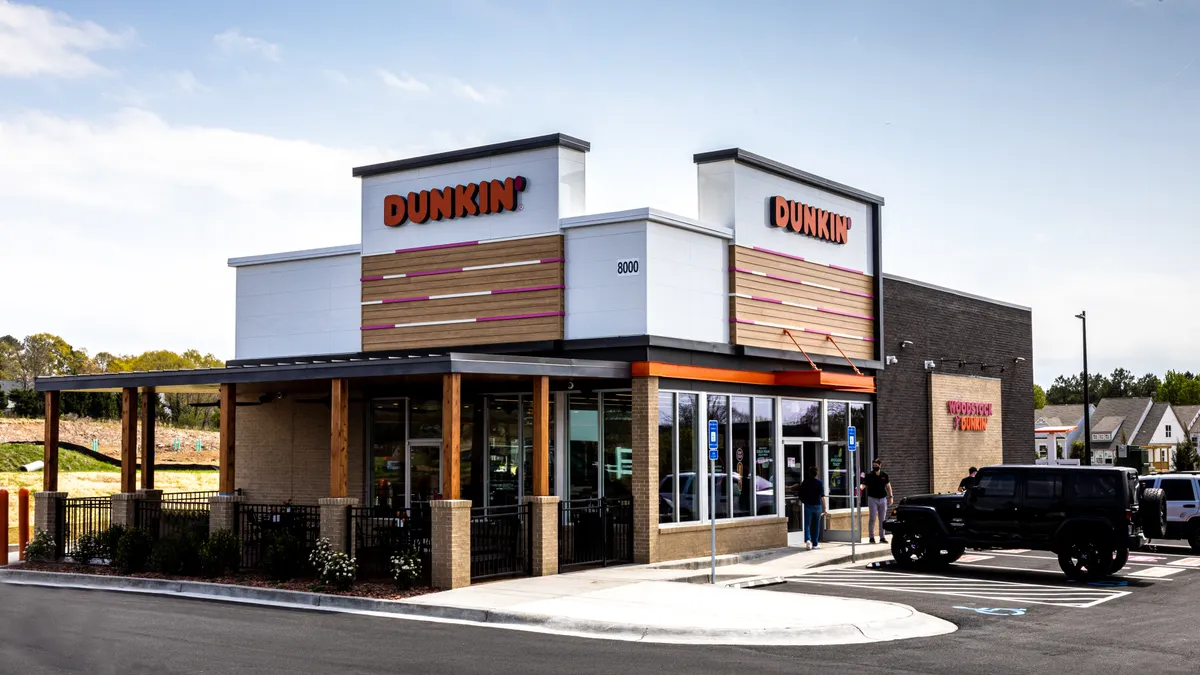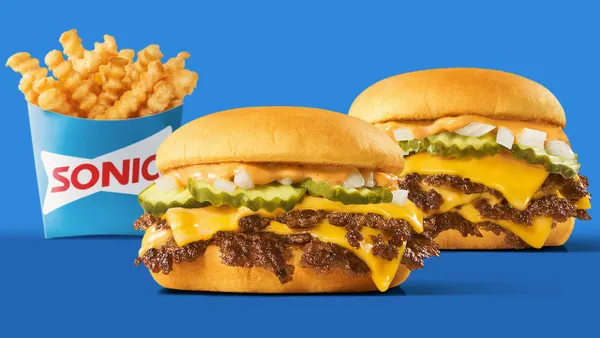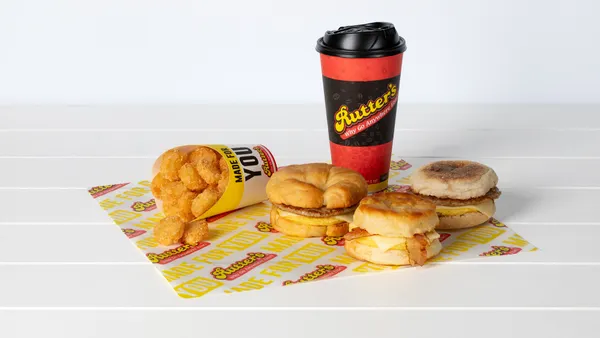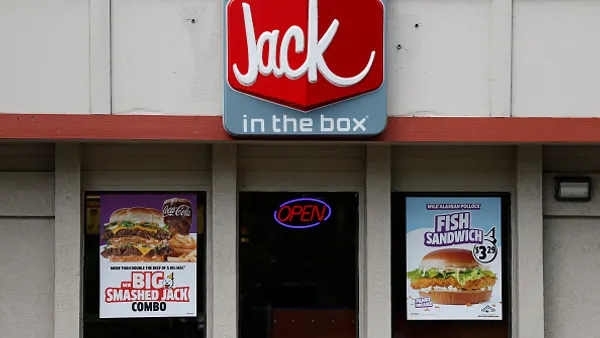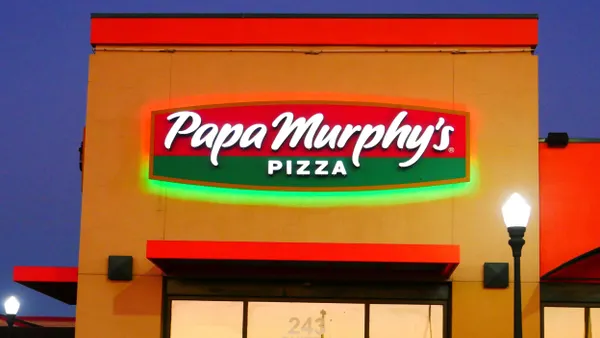Dive Brief:
- Restaurant operators are increasingly focused on improving profits and on driving guest demand, according to a Toast survey of more than 700 restaurant decisionmakers during Q2 2025.
- Forty percent of surveyed operators listed increased profitability as a business goal — up five points over 2024 —while 29% said a vital goal was increasing demand or traffic, a 6%leap over the year prior.
- Nearly half of restaurant leaders said they planned to increase marketing or offer new discounts to attract more guests if macroeconomic conditions continue to deteriorate, while less than one-fifth suggested they would cut hours or staff.
Dive Insight:
Consumer price sensitivity and inflation — exacerbated by an inconstant tariff policy — has put restaurants in a bind. Inflation, including costs associated with ingredients and labor, is a particularly tricky issue to manage, with 20% of restaurant leaders listing it as a top challenge. And nearly half of survey respondents (48%) plan to increase prices if the cost of goods sold continues to rise. While this protects margins, it may also hurt consumer demand.
Toast called this “a direct reflection of the tough choices operators are forced to make to protect their margins in a high-cost environment, a strategy that directly impacts the guest's wallet.”
That dynamic could explain why 47% of restaurant leaders plan to increase marketing, 46% plan to offer deals and 45% plan to add discounts during specific times. Those looking to value and marketing as a solution to consumer price sensitivity significantly outnumber restaurant leaders who see cost savings — reduced hours, staff cuts — as a way to cope with slow consumer spending. Many brands, from QSR to casual dining, have turned to value meals as a way to stem the loss of traffic from price sensitive consumers over the last 18 months.
So far, the bet on value has paid off for a number of brands, with McDonald’s, Taco Bell and a wide range of casual dining chains seeing traffic gains thanks to their value plays. But discounting isn’t a cure-all, as chains like Jack in the Box continue to post same-store sales declines.
Operators surveyed by Toast identified several other severe pain points. Labor recruitment and marketing tied for second behind inflation as major difficulties, with 16% of restaurants ranking them in the top three challenges facing the industry. Forty-seven percent of restaurant leaders are looking to increase their labor efficiency, while 42% plan to implement new retention strategies.
Bureau of Labor Statistics data bears out this impression. Hiring has lagged job openings for most of the year, and after multi-year declines, quits and total separations began rising again in October 2024. Some of this may be due to the stagnation of real wage growth in recent years.
Meanwhile, the percentage of restaurants facing extreme or moderate labor challenges increased to 41%, from 35% in 2024 and 39% in 2023, according to Toast. The company also found marked optimism for artificial intelligence technologies among restaurant leaders, with 81% of survey respondents planning to use such tools more frequently in the future. Toast said this showed “a readiness to adopt new technologies that can help streamline operations and enhance the human element of hospitality.”





